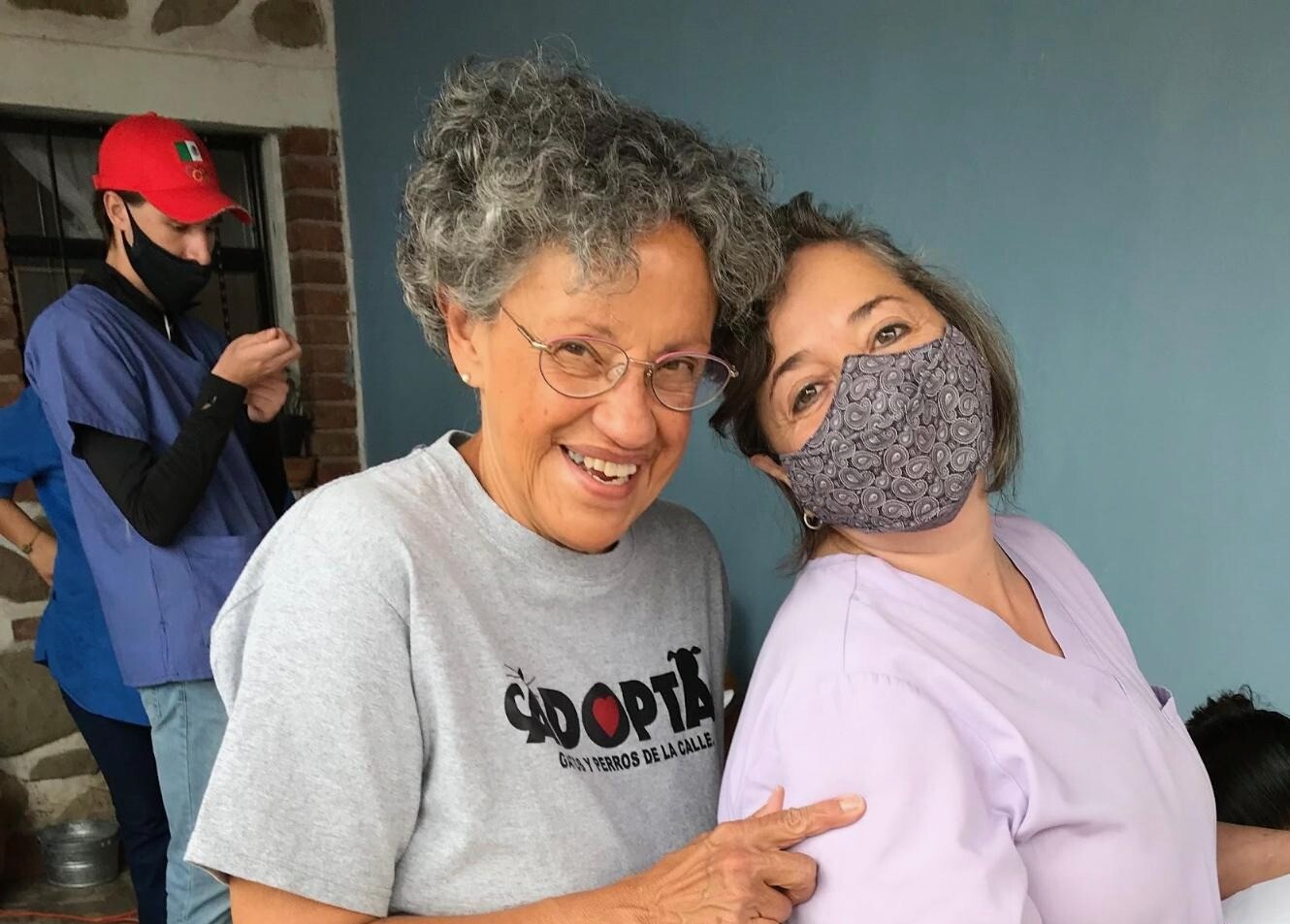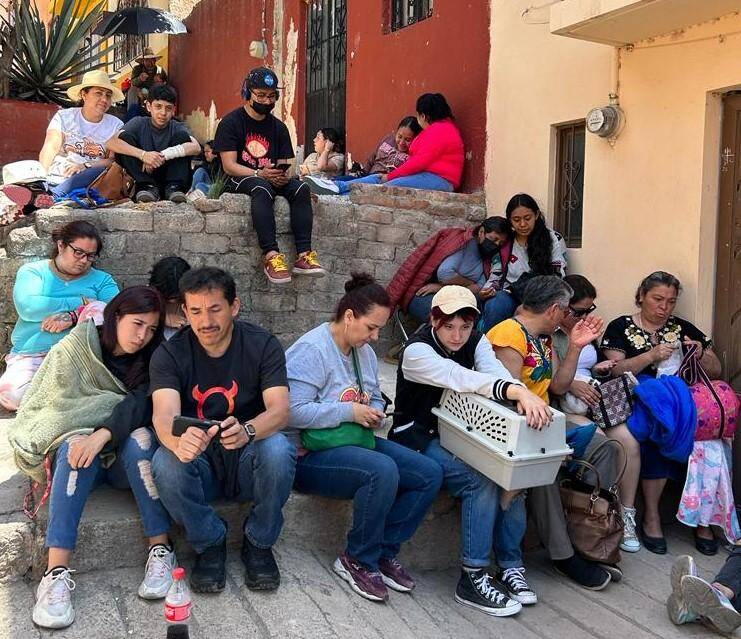Sterilization

-
Snapshot of a campaign volunteer—Beth

Beth Lozano describes her experience as a volunteer at our sterilization campaigns. Read more
-
Snapshot of a campaign volunteer—Rosemarie

Rosemarie Conde, a regular volunteer at our sterilization campaigns, describes her first experience and her observations about the campaigns. Read more
-
75 animals sterilized in San José de Cervera on June 11

On June 11 we sterilized 75 animals—58 dogs and 17 cats—in the village of San José de Cervera. It was our 11th campaign in that community and our third one in the past three years. Read more
-
And now for a bit of humor

Keeping track of our sterilization cases can be challenging. Read more
-
Our sterilization campaigns in May

At two campaigns, on May 7 and 20, we sterilized 110 dogs and cats in the villages of Cajones and Santa Teresa. Read more
-
Castration versus vasectomy for male pets

To permanently modify male pets’ behavior, to enjoy better companionship with male pets, and to prevent diseases commonly associated with intact and vasectomized male dogs and cats, veterinarians and other animal behavior experts recommend castrating them. Read more
-
Why we tattoo animals after sterilizing them

It is sometimes difficult to detect that a female dog or cat has already been sterilized if it has not been tattooed. Read more
-
Our sterilization team returned to El Rodeo on April 23
On April 23 we conducted our eighth sterilization campaign of the year in the village of El Rodeo, where we sterilized 68 dogs and cats. Our volunteer teacher also talked with children about the needs of their pets. Read more
-
The other two veterinarians in our sterilization program
Arturo Rocha Bravo and Verónica AlmaguerIn our December 2022 issue, we profiled Dr. Ricardo Monte de Oca. Here, we feature the other two key members of our veterinary team. Read more
-
On Easter we sterilized 66 dogs and cats in Colonia Santa Fe

On Easter Sunday we returned to the Santa Fe neighborhood and sterilized another 41 dogs and 25 cats. Read more
Get Barks & Meows in your email inbox!
Archives
- April 2025
- March 2025
- February 2025
- January 2025
- December 2024
- November 2024
- October 2024
- September 2024
- August 2024
- July 2024
- June 2024
- May 2024
- April 2024
- March 2024
- February 2024
- January 2024
- December 2023
- November 2023
- October 2023
- September 2023
- August 2023
- July 2023
- June 2023
- May 2023
- April 2023
- March 2023
- December 2022
- September 2022
- June 2022







